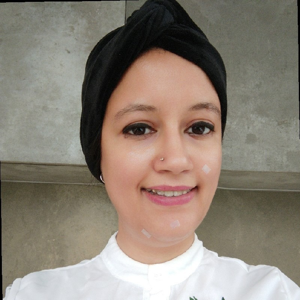Hello Matthew !
Thank you for posting on Microsoft Learn.
You’re running into a real gap between the Health-Bot docs and the current reality of Microsoft’s search stack:
What the quick-start still saysWhat’s actually true today“Create a Bing Custom Search instance and paste the Configuration ID.”Bing Custom Search is deprecated – new instances can’t be created, and all Bing Search APIs (including Custom Search) will be retired 11 Aug 2025“Create a Bing Custom Search instance and paste the Configuration ID.”Bing Custom Search is deprecated – new instances can’t be created, and all Bing Search APIs (including Custom Search) will be retired 11 Aug 2025Microsoft already published a replacement quick-start that swaps Custom Search for Azure AI Search with vector search. The flow is:
Crawl or collect the pages you care about
- If it’s your own public site, the quickest path is simply: Azure portal → AI Search → “Add your data” → “From URL” (preview) or upload a zipped site dump / sitemap.
- For multiple domains or more control, schedule a Logic App or Azure Data Factory pipeline to push HTML/markdown/PDF into Blob Storage, then index from there.
- Enable vectorization in the index wizard (Azure OpenAI “text-embedding-3-small” works fine for most health content).
- In the Health-Bot portal import the “Generative Answers on Your Sources” template, filling in: Search endpoint, admin key, and index name, your Azure OpenAI deployment details and a short “Instruction title” such as “Hospital Website FAQ”
- Publish. The “Generative Answers on Customer Sources” node will now ground the LLM on whatever your Search index returns, no Custom Search needed.
When this path makes sense ?
Your “public data” really means your domains (brochures, policies, formularies...).
You need fine-grained control over what is or isn’t surfaced for compliance.
Another option is Microsoft successor to Custom Search is a managed tool called Grounding with Bing Search, available inside the new Azure AI Agent Service. Key points:
- Resource type: Microsoft.AI/groundingBingSearch.
Scope: open web (no per-site white-list).
Security: calls leave the Azure compliance boundary; evaluate whether that’s acceptable for your scenario.
How to bridge it into Health-Bot today ?
The Health-Bot portal doesn’t yet expose “Grounding with Bing Search” as a first-class data connection, but you can:
Create an Azure AI Agent with a Bing Grounding tool.
Expose the agent through HTTPS (or via an Azure Function proxy).
Call that endpoint from a Custom-Code node or a lightweight plugin inside your Health-Bot scenario.
This is more plumbing than the old template, but it preserves real-time public-web answers without you hosting a crawler.

